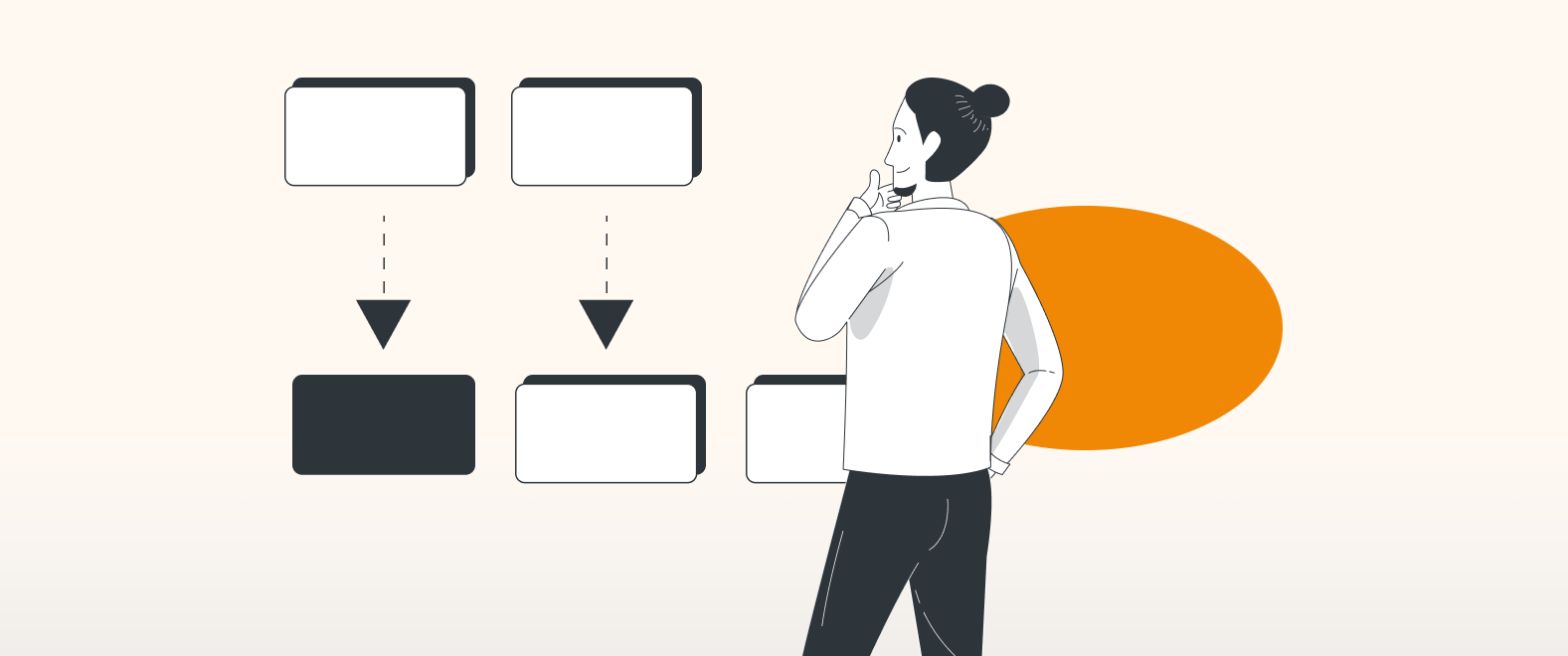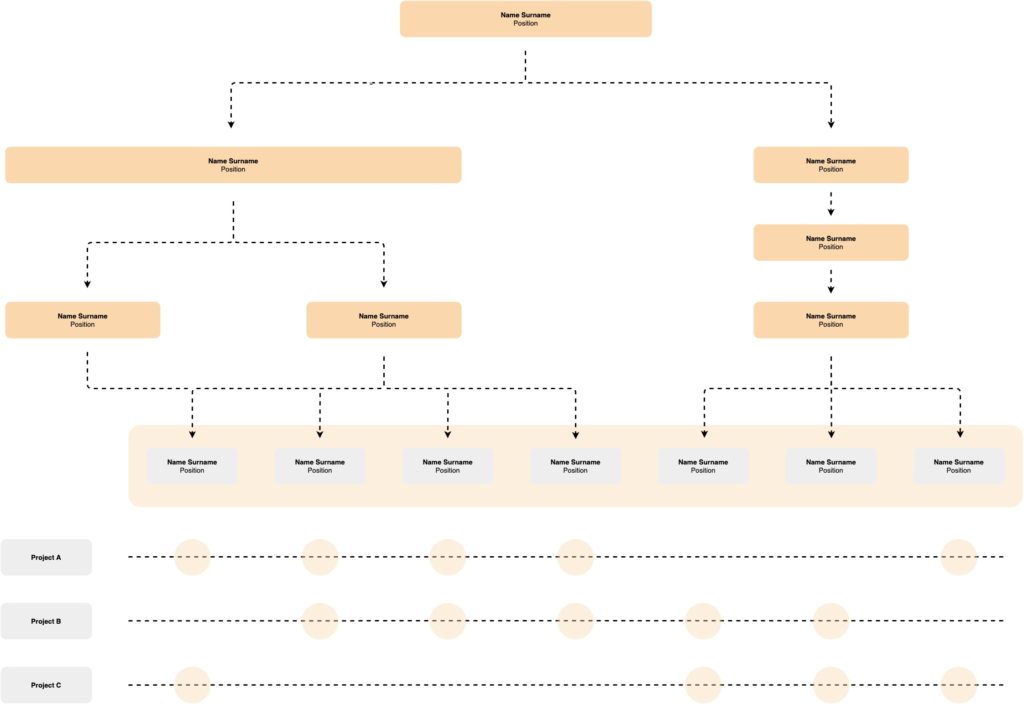By now, you’ve taken a look at how visualization in onboarding can help streamline many of the processes involved in hiring. The job application-to-onboarding process is a lot like dating. There is a whole series of socially acceptable steps that go into taking one date into a full-blown relationship. In last week’s post, we talked about the induction phase, which is essentially the getting-to-know-you phase. This week we’ll be talking about onboarding with draw.io in HR part 3: Orientation, where you begin to work towards building a real partnership with your new hire. The goal for both of you should be something long-term where you work towards a fulfilling, productive relationship.
Build a bridge to better relationships
The orientation phase of onboarding has the potential to show you what your new hire is capable of. However, it’s also a challenging time for your side of this relationship. According to Psychology Today, 33% of the new employees quit within the first 90 days! What measures should you take during the orientation phase of this process to ensure that your newbie feels happy and fulfilled enough to move in with you permanently?
During the previous stage, induction, they got the basics. You told them about the company, about their immediate colleagues, and your expectations of them. Your job in HR is to build the bridge between the new person and the people they will be working with. You can’t just give the newbie a list of names and hope they figure out who does what. You also can’t expect, especially in a larger organization, that everyone is aware that someone new has joined the company.
Visualize it!
The veteran staff will ask how the new person fits into the scheme of the current organization. The newbie will want to know who is responsible for specific tasks in case they have questions or need help.
Why not use a draw.io Org Chart to help bridge this knowledge gap on both sides?
However, Org Charts aren’t just useful for seeing hierarchy within an organization. You can use them to see if there are staffing bottlenecks. For example, to see if the company has the right people, doing the right jobs. Patterns begin to emerge, and this will allow for process optimization – keep the things that are working, throw out the things that aren’t!
Putting together the right constellation of people to work together is an important and sometimes tricky task to get right. An onboarding process with planning and the right tools can play a crucial part in keeping the revolving door of employee retention, from spinning.
Now that you’ve had a chance to look at all the stages of successful onboarding, the implementation of draw.io should become a standard part of the process.
Do you have a favorite diagram type that you use during the orientation phase of your onboarding process? Let us know! Be sure to also check out our Whitepaper on Onboarding with draw.io.
Last Updated on November 3, 2021 by Admin


